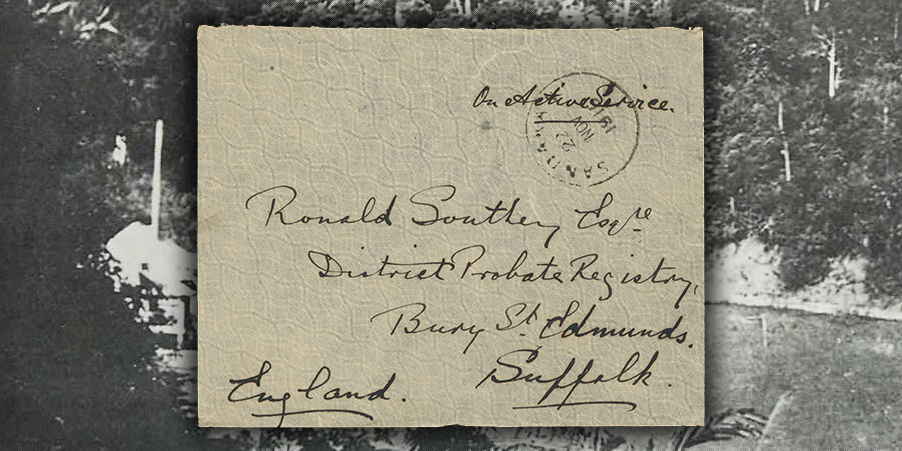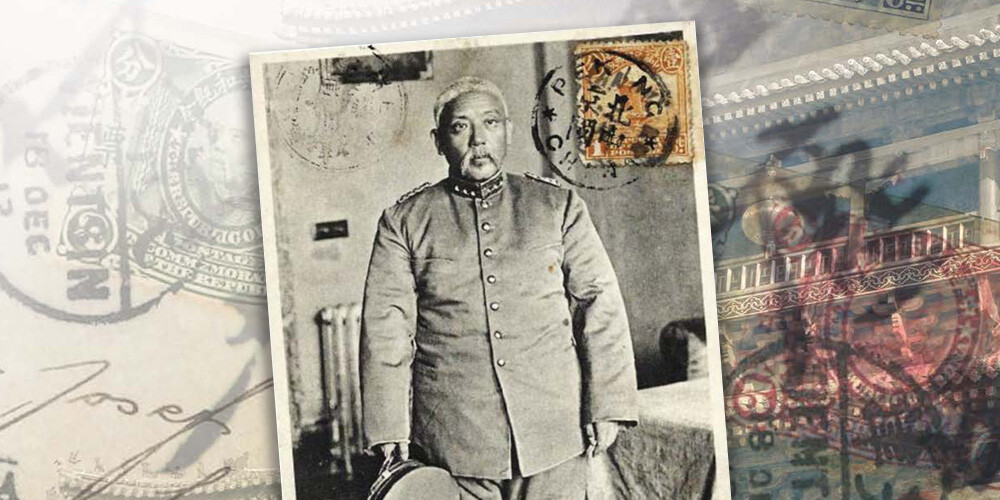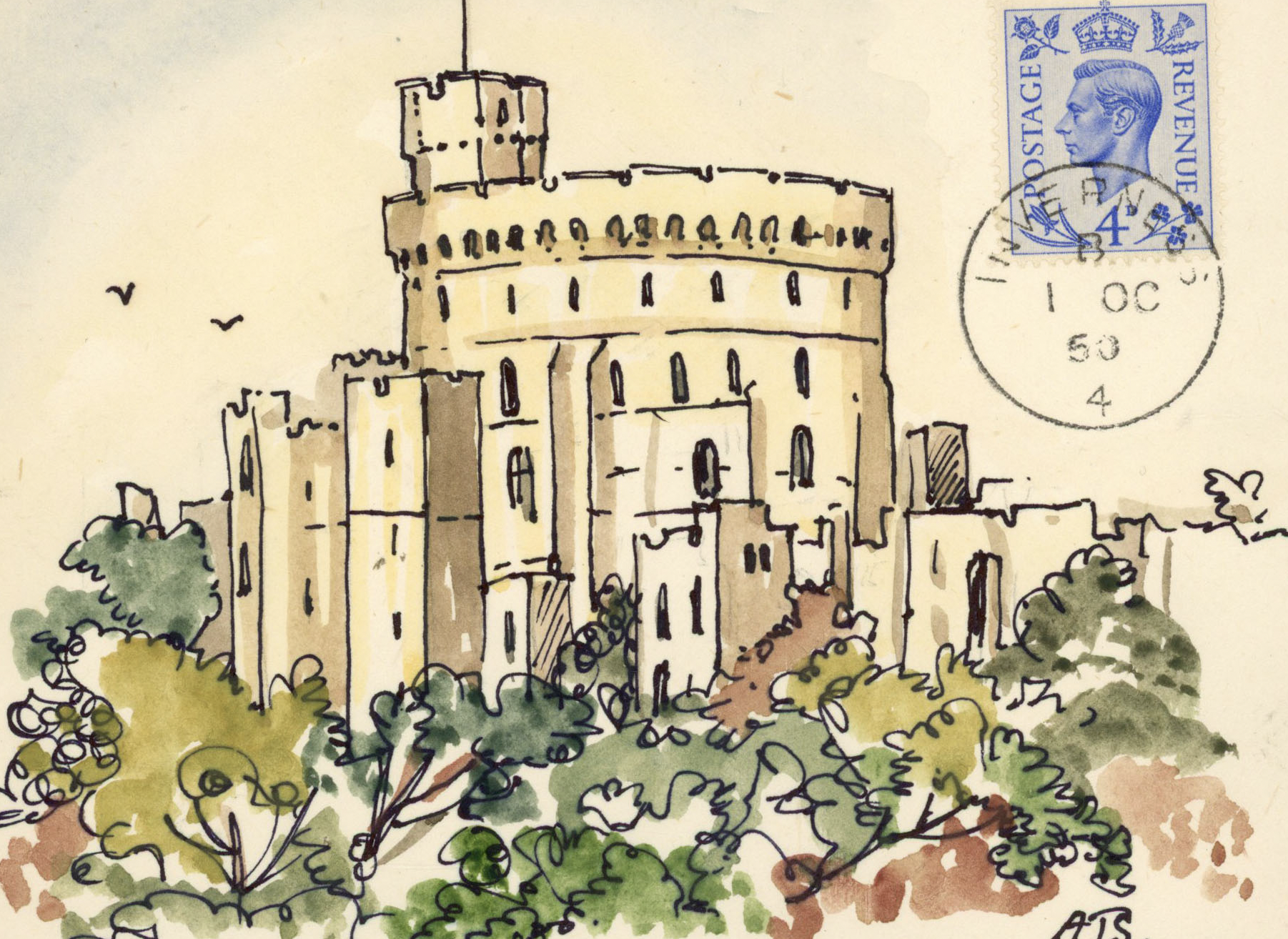Originally published in Gibbons Stamp Monthly April 2023 Issue. Subscribe to Gibbons Stamp Monthly for the latest philatelic information.
Read the full story here
The transition to new monarchs on stamps is always a significant event, and this was particularly true with the accession of King George V in 1910. The initial attempts to depict the new king using a three-quarter profile photograph failed, leading to the adoption of Bertram Mackennal's sculpted profile, which became iconic. Mackennal's work extended beyond the UK to India, where his portrait of George V appeared on stamps and coins, showcasing the King-Emperor crowned, reflecting India's sentiment to emphasize royal grandeur.
The collaboration between the British Post Office, the Royal Mint, and Indian officials was crucial in this process. Initially, there was a debate over whether the king should be depicted crowned or uncrowned. Eventually, the decision favored a crowned effigy to underline the imperial authority in India. Mackennal's meticulous work involved adding heraldic orders and creating a detailed portrait that was adapted for both coins and stamps.
The transition was not without challenges. The Indian government initially rejected the designs, requiring adjustments to the engraving and the depiction of the king's head. The final stamps featured intricate designs with cultural elements, such as elephants, to appeal to Indian aesthetics.
The story of Mackennal’s portrait of George V for India offers a fascinating glimpse into the artistic and political considerations behind stamp design during a period of significant transition. For those intrigued by philatelic history and the behind-the-scenes stories of iconic stamp designs, reading the full article will provide deeper insights into this unique intersection of art and imperial history. Click through to explore the complete narrative and see the rare designs that marked this era.





